Introduction
Chronic kidney disease (CKD) is a prevalent, progressive condition in felines, particularly in geriatric cats, with prevalence rates of 1-3% in the general population and up to 35% in those with concurrent kidney and lung disease (Dobenecker et al., 2017). Dietary phosphorus, especially from inorganic additives in processed foods, exacerbates CKD by impairing the kidneys’ ability to maintain phosphate homeostasis. This section explores the mechanisms by which high phosphorus intake harms feline CKD, drawing on insights from human dietary studies, such as the 2013 ASN EB Symposia review on phosphorus in the food supply, and their relevance to feline health. A critical threshold of 0.6% dietary phosphorus, linked to proteinuria, highlights the importance of dietary management and sets the stage for Part III.
Mechanisms of Phosphorus-Induced Harm in Feline CKD
High dietary phosphorus, particularly from inorganic phosphate additives, challenges feline kidneys, which filter and excrete excess phosphorus to maintain serum phosphate balance. In CKD, impaired renal function leads to hyperphosphatemia, triggering several adverse effects:
- Secondary Hyperparathyroidism: Elevated serum phosphate levels stimulate parathyroid hormone (PTH) secretion, as noted in the 2013 review for humans and applicable to felines (Calvo et al., 2013). Chronic PTH elevation causes secondary hyperparathyroidism, promoting bone resorption (pulling calcium into the blood from the bones) and worsening phosphorus imbalance, leading to renal osteodystrophy.
- Vascular and Soft Tissue Calcification: The 2013 review indicates that modest serum phosphate increases can initiate cardiovascular damage in humans, a finding relevant to felines. Hyperphosphatemia drives vascular calcification and soft tissue mineralization, impairing renal blood flow and accelerating kidney damage in CKD.
- Hormonal Dysregulation: Phosphorus overload disrupts hormones like fibroblast growth factor 23 (FGF-23) and 1,25-dihydroxyvitamin D (calcitriol). The 2013 review notes FGF-23 inhibits calcitriol synthesis, while PTH stimulates it. In feline CKD, this imbalance disrupts calcium-phosphorus metabolism, exacerbating renal dysfunction.
- Renal Fibrosis and Proteinuria: Chronic hyperphosphatemia promotes inflammation and oxidative stress, accelerating renal fibrosis and tubular damage. Critically, dietary phosphorus levels at or above 0.6% dry matter induce proteinuria in healthy cats, signaling glomerular damage and early CKD progression (Dobenecker et al., 2017; Laflamme et al., 2020). This threshold will be explored further in Part III.
Sources of Phosphorus in Feline Diets
The 2013 review highlights high phosphorus content in processed foods within the Western dietary pattern, a concern mirrored in feline nutrition. Many commercial feline diets, particularly dry kibble and some wet foods, contain inorganic phosphate additives (e.g., phosphoric acid, sodium phosphate) for flavor, texture, or preservation (Calvo et al., 2013). These additives, with higher bioavailability than organic phosphorus, increase the renal burden in CKD cats, contributing to hyperphosphatemia.
Bioavailability and Dietary Considerations
Phosphorus bioavailability varies by source. Inorganic phosphates from additives, have a 100% bioavailability, are rapidly absorbed in the stomach, bypassing cellular utilization, while organic phosphorus from plant or animal sources have a 50% bioavailability, and is slowly digested in the gastrointestinal tract, supporting functions like pH buffering (Calvo et al., 2013). In feline CKD, inorganic phosphorus exacerbates hyperphosphatemia, while organic phosphorus is essential. The lack of standardized reporting of phosphate additives in pet foods complicates dietary management, necessitating improved feline-specific nutrient databases.
Clinical Implications and Management
The adverse effects of inorganic phosphorus in feline CKD, particularly at levels ≥0.6% leading to proteinuria, require careful dietary management. Key strategies include:
- Low-Phosphorus Diets: Veterinary-prescribed renal diets with phosphorus levels below 0.6% dry matter reduce serum phosphate concentrations, mitigate proteinuria, and slow CKD progression (Laflamme et al., 2020). These diets prioritize organic phosphorus sources to support cellular functions.
- Phosphate Binders: Calcium carbonate binders can reduce phosphorus absorption, but aluminum-based binders are not recommended due to toxicity risks (Sparkes et al., 2016). Binders should be used cautiously, as they may bind beneficial organic phosphorus, while inorganic phosphates are rapidly absorbed, limiting binder efficacy.
- Natural Solutions and Monitoring: Natural approaches, such as Revitalize Hydration (Bloom Bioscience), support hydration and renal health holistically, reducing reliance on medications. Regular monitoring of serum phosphate, PTH, and FGF-23 levels enables veterinarians to tailor dietary and natural interventions, ensuring phosphorus intake remains below 0.6% to prevent proteinuria.
The 2013 review underscores the need for improved dietary assessment tools to capture phosphorus exposure accurately, a principle vital for feline nutrition.
Research Gaps and Future Directions
The 2013 review calls for better understanding of phosphorus bioavailability in humans, and similar gaps exist in feline research. The link between dietary phosphorus ≥0.6% and proteinuria highlights the need for studies to quantify safe intake levels and assess long-term effects of inorganic phosphate additives in cats. Developing feline-specific nutrient databases distinguishing organic from inorganic phosphorus could improve dietary recommendations. Longitudinal studies on low-phosphorus diets and natural solutions like Revitalize Hydration are needed to evaluate their efficacy in preventing proteinuria and slowing CKD progression.
Conclusion
High dietary phosphorus, particularly from inorganic additives, exacerbates feline CKD by promoting hyperphosphatemia, secondary hyperparathyroidism, vascular calcification, renal fibrosis, and proteinuria at levels ≥0.6% dry matter. Insights from the 2013 ASN EB Symposia review emphasize the importance of managing phosphorus intake, a principle critical for feline health. Veterinary strategies focusing on low-phosphorus diets (<0.6%), cautious use of non-aluminum-based phosphate binders, and natural solutions like Revitalize Hydration are essential for improving CKD outcomes. The role of proteinuria as a marker of renal damage, to be explored in Part III, underscores the need for continued research and enhanced dietary assessment tools to optimize phosphorus management and improve quality of life for cats with CKD.
References
- Calvo, M. S., & Uribarri, J. (2013). Contributions to total phosphorus intake: All sources considered. Advances in Nutrition, 4(2), 183–197. https://academic.oup.com/advances/article/4/2/183/4591578
- Dobenecker, B., Webel, A., Reese, S., & Kienzle, E. (2017). Effect of a high phosphorus diet on indicators of renal health in cats. Journal of Feline Medicine and Surgery, 20(4), 339–343. https://journals.sagepub.com/doi/10.1177/1098612X16675300
- Laflamme, D. P., Backus, R. C., Brown, S. A., & Polzin, D. J. (2020). Management of feline chronic kidney disease: Nutritional and dietary strategies. Journal of Veterinary Internal Medicine, 34(6), 2287–2296. https://onlinelibrary.wiley.com/doi/10.1111/jvim.15961
- Sparkes, A. H., Caney, S., Chalhoub, S., Elliott, J., Finch, N., Gajanayake, I., … & Quimby, J. (2016). ISFM consensus guidelines on the diagnosis and management of feline chronic kidney disease. Journal of Feline Medicine and Surgery, 18(3), 219–239. https://journals.sagepub.com/doi/10.1177/1098612X15581100



